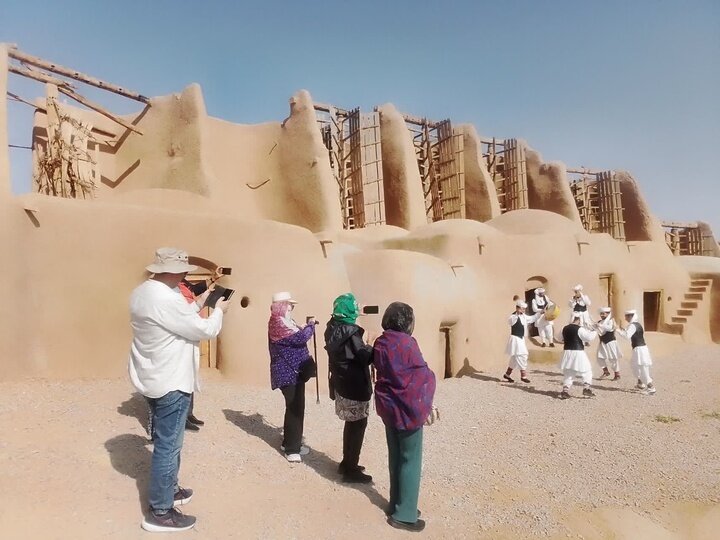Foreign tourists visit Khaf’s historical attractions

TEHRAN—Head of Khaf Cultural Heritage, Tourism, and Handicrafts Department gave news of visit of second group of European tourists to Khaf county, Khorasan Razavi province, during Iranian month of Mehr (started Sept. 23).
According to IRIB, Mahmoud Ba’aqideh explained that 15 Greek tourists visited the most important attractions of Khaf county.
He added that visiting the workshops producing and selling handicrafts and performing local music alongside the ancient windmills known as Asbads were other planned programs for this tour.
Asbads are one of the masterpieces of architecture and lifestyle of Iranians particularly in east of the country for using the wind power for grinding the cereals.
Ba’aqideh reported a five -fold increase in the presence of foreign tourists in Khaf county compared to last year, adding: “Given the restoration of significant historical monuments and the development of tourism infrastructure, the conditions for the presence of domestic and foreign tourists in this county have improved.”
He recalled that 15 foreign tourists from the UK, Australia, India, Canada, and Sri Lanka visited the most important historical attractions of Khaf, including the Nashtifan Asbads and the Ghiasieh School in Khargerd village during October 10.
The lesser-known Khaf county is home to many sites of historical significance. All efforts are being ramped up to develop Khaf’s tourism capacities aimed at drawing both domestic and foreign visitors.
Khaf county, situated in Khorasan Razavi province, northeastern Iran, is home to over 300 identified historical sites, with 105 of them listed as national heritage sites, and two, including the Khaf windmills and the historical city of Zozan, have been registered on the UNESCO tentative list.
Out of the total of 200 Asbads (vertical windmills) identified in the urban and rural areas of Khaf, 130 are now in place, and 70 have been destroyed over time.
About 130 Asbads still retain their original nature, some of which are still active in wheat grinding and flour production.
In recent years, the restoration of Asbads has been on the agenda for Khaf Cultural Heritage and Tourism Department.
Made of clay, wood, and straw, the windmills, locally known as Asbads, bear testimony to the human being’s adaption to nature by transforming environmental obstacles into opportunities.
Asbad development took place due to strong and continuous 120-day winds, which annually sweep through the east and southeast of the Iranian Plateau from late May to late September.
KD
Leave a Comment